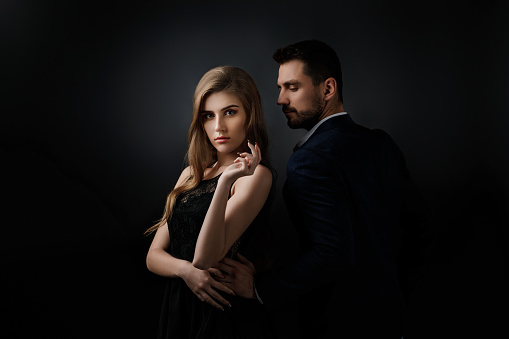The romance genre evolves constantly, responding to reader interests, cultural shifts, and storytelling innovation. As of 2025, several subgenres are experiencing rapid growth and gaining traction. From immersive world‑building to inclusive character dynamics, these trending categories offer fresh perspectives and diverse emotional experiences. Whether you are a passionate reader or a writer looking for inspiration, understanding these emerging lanes can guide what to create or explore next.

Found Family and Chosen Community Romance
One of the most resonant themes involves people who create their own families through bonds beyond blood ties. In found family romance, characters form deep emotional ties with friends, roommates, or mentors and romantically intersect within that circle. Stories in this vein emphasize trust, loyalty, and emotional rescue, often set within spaces where acceptance and belonging define the plot just as much as romantic attraction. The comfort of forming love within a safe, chosen network appeals deeply to modern audiences seeking emotional stability and representational depth.
Diverse and Intersectional Queer Love Stories
Romance that explores interwoven identities—queer characters navigating multiple cultural, racial, or religious contexts—is expanding rapidly. Queer romance in 2025 often includes bisexual, pansexual, nonbinary, and trans protagonists in settings that reflect real‑world intersectionality. These stories delve into family dynamics, cultural expectations, and identity affirmation alongside the romantic arc. Authentic nuance and lived experience enrich this subgenre, drawing in readers eager for stories beyond binary norms or token representation.
Slow Burn with Emotional Resonance
Stories that develop connection gradually over time continue to attract interest—not just through delayed physical intimacy but through emotional intimacy that simmers over chapters. Slow burn romance emphasizes shared moments, subtle character growth, and a strong foundation before feelings fully emerge. In 2025, writers are deepening this style with internal monologues, dual perspectives, and carefully paced emotional stakes. The payoff becomes more satisfying when readers experience the full journey rather than rushing into attraction.
Speculative and Fantasy-Based Relationships
Blending romance with elements of fantasy, paranormal, or speculative fiction has accelerated in recent years. Readers are gravitating toward relationships set in magical worlds, alternate realities, or future societies. Whether it’s a demon prince falling for a mortal herbalist, interspecies partnerships in alien landscapes, or time‑slipped lovers defying history, fantasy romance offers escapism with emotional weight. Incorporating worldbuilding alongside relationship arcs elevates storytelling complexity and audience engagement.
Workplace and Startups with High Stakes
Romance set in professional contexts—especially among colleagues at startups, creative agencies, or tech environments—is growing popular. These characters balance ambition, career insecurities, and personal connection. Whether they’re building a brand, launching an app, or navigating a corporate structure, the blend of pressure and attraction creates chemistry rooted in real‑world stakes. Readers enjoy seeing characters succeed professionally while discovering emotional chemistry under tight deadlines and competitive teams.
Middle Grade and New Adult Crossovers
Romance targeted at readers in transition moments—like entering college, launching a career, or coping with first adult experiences—is emerging as a thriving subcategory. Middle grade and new adult romance explore the nervous excitement of first love, identity exploration, and early life shifts. These stories capture uncertainty, growth, and the tension between innocence and transformation. In 2025, authors are crafting nuanced tales for readers on the cusp of adulthood or change, combining adolescent realism with tender, sincere emotional connection.
Eco‑Romance and Nature-Centered Intimacy
A newer subgenre explores romantic bonds grounded in nature, eco‑conscious living, and shared environmental activism. Lovers meet while restoring ecosystems, volunteering at conservation projects, or rebuilding ancient landscapes. Settings often include rural retreats, regenerative farms, or coastal habitats. Romance grows alongside shared purpose and respect for Earth itself. As climate awareness deepens, these stories appeal to readers who seek emotional connection intertwined with ecological values.
What This Growth Means for Readers and Writers
Each of these subgenres reflects shifting reader values: inclusion, emotional transparency, community, creativity, and purpose. They signal that contemporary romance no longer exists in narrow tropes but thrives in cross-genre forms and social relevance. For writers, these areas offer fertile ground for combination and experimentation. For readers, they invite deeper emotional connection, meaningful representation, and varied tones from contemplative to fantastical.
Final Thoughts
In 2025, romance storytelling is more diverse and emotionally layered than ever. Found family connections, intersectional queer themes, slow-burn intensity, speculative worlds, workplace drive, new adult transitions, and eco-minded partnership all offer immersive, resonant experiences. Whether one seeks escapist fantasy or character-driven realism, these emerging subgenres invite new dimensions of love and storytelling.
